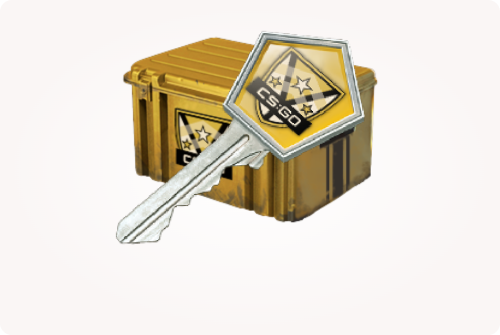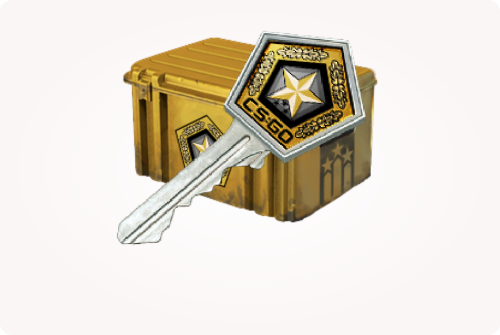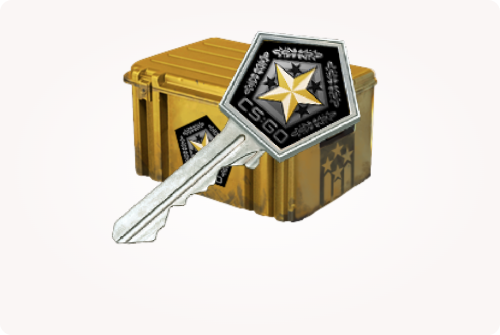Callouts on the Dust 2 Map: Mastering Communication in CS2
In the intense world of Counter-Strike 2 (CS2), the Dust 2 map isn’t just a battleground. It’s a legendary stage where strategies unfold and legends are made. For those who breathe life into the game, mastering callouts on the Dust 2 map is crucial. It’s as vital as landing that perfect headshot. This guide will take you through the labyrinth of Dust 2, highlighting essential callouts. These callouts can elevate your gameplay and team coordination to new heights.
The Importance of Callouts on the Dust 2 Map
Callouts are the linguistic stitches that bind a team together in CS2. They are more than just terms; they are directions, strategies, and warnings condensed into a few syllables. The Dust 2 map, with its intricate layout and historical significance, demands a rich vocabulary of callouts that players must internalize to succeed.

Dust 2’s Legacy
Dust 2 has been a cornerstone of the Counter-Strike series since its inception in CS 1.6. It’s witnessed the rise and fall of countless players and strategies, and its callouts have evolved with the community’s growing understanding of the map. As CS2 reintroduces Dust 2 to the active duty, the callouts on this map continue to be a fundamental part of the game’s tactical language.
Dust 2 CT and T Callouts
As a Counter-Terrorist (CT), your callouts are crucial for defending the bombsites. Key CT callouts on the Dust 2 map include A Long, A Cross, A Short, Upper Tunnels, B Doors, and B Window. These callouts direct your team’s attention to the critical entry points that Terrorists (Ts) may exploit.
On the offensive side, T must navigate through a maze of callouts such as Mid Doors, Lower Tunnels, Pit, B Doors, Barrels, Big Box, B Car, and B Window. These not only signal entry points but also potential CT hiding spots, essential for avoiding those game-changing surprises.
The Map’s Lexicon
The Dust 2 map is a lexicon of its own, with each term painting a precise picture of the battlefield. From A Default Plant to B Back Site, from CT Mid to T Spawn, every callout is a step towards mastering the map. The callouts are not just about locations; they’re about the flow of the game, the dance between attackers and defenders.
The Path to Mastery
Becoming fluent in the callouts on the Dust 2 map is a journey that requires immersion. It’s about playing the map repeatedly, allowing the callouts to become second nature. As you respond to in-game situations, these callouts will eventually become muscle memory, guiding your actions as naturally as breathing.
Adapting to CS2
While the Dust 2 map has remained largely the same, the transition to CS2 has introduced new elements that players must adapt to. The updated graphics and gameplay mechanics may shift some callouts, but the essence remains: clear, concise communication for tactical advantage.
Conclusion
In conclusion, the callouts on the Dust 2 map are the lifeblood of effective team play in CS2. They are the unspoken language that can turn the tide of a match. As you venture into the desert confines of Dust 2, remember that every callout is a tool, a weapon in the arsenal of communication. Embrace the complexity, practice the simplicity, and let the callouts on the Dust 2 map be your guide to victory.
Top Picks

Huntsman Weapon Case
$85.49 – $288.56

Gamma Case
$34.31 – $107.22

Gamma 2 Case
$33.99 – $50.98



















